
The Best Herbs To Support Active Bodies
Whether you are an elite athlete, avid yogi, weekend warrior, or casual hiker, integrating movement into your daily life is essential for good health. An active body supports an active mind, and whatever your level of physical activity, staying physically active will ultimately support a better quality of life. Once you find a fitness program that works for you, knowing how to care for your body during this active phase is the next step. Good self care will inevitably lead to increased longevity and success with your physical activities.
In this article, we will discuss herbs to support active bodies—addressing nourishment, energy, and recovery.
Herbs for Nourishment
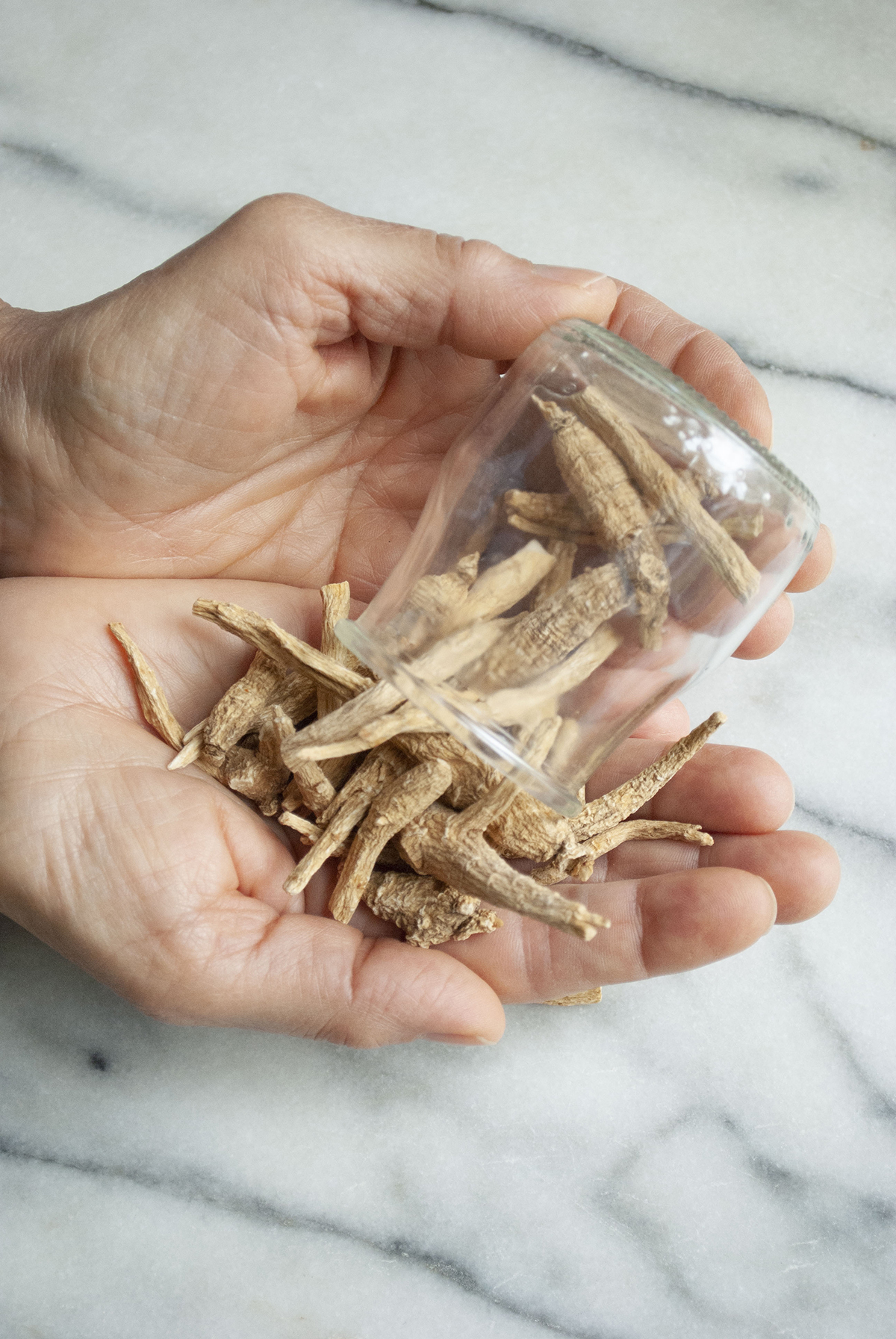
Ashwagandha (Withania somnifera) root
Ashwagandha (Withania somnifera) root is an incredibly multifaceted herb that holds a special place in Ayurveda. It is a rasayana, or rejuvenating herb, and one of the premier herbs for vata management. Since vata dosha governs movement and excess vata can lead to depletion, ashwagandha is a great choice for keeping excess vata in check and for building the strength your active body requires. This rejuvenating root is a muscle tonic, immunomodulator, adaptogen, nervine, anabolic, and anti-inflammatory. Given its impressive profile, it’s easy to see why ashwagandha is a wonderful herb to support active bodies!
Learn more about managing the vata dosha in our post, 3 Tips on Managing Vata Dosha During Autumn.
Ashwagandha is generally safe to take in ample amounts (3-9 grams per day or 1-3 teaspoons of powder), and can be taken as a capsule, tincture, herbal ghee, or loose powder (Dass, 2013). There are not a whole lot of cautions surrounding ashwagandha, but since it is a plant in the nightshade family, those with nightshade sensitivities should use caution. Ashwagandha has a mild, starchy taste so try adding 1/2 to 1 teaspoon into your smoothies, hot beverages (such as hot cocoa or golden milk), and porridges. For more on ashwagandha, read our post, The Beginner’s Guide to Ashwagandha.
Shatavari (Asparagus racemosus) root
Shatavari (Asparagus racemosus) root is another traditional multifunctional rasayana that fits in perfectly with herbs to support active bodies. It is classically used in Ayurveda to support female sexual and reproductive health. However, shatavari offers nourishing benefits for folks of all genders. The root is useful as a demulcent, nutritive tonic, adaptogen, rejuvenative, and anti-inflammatory. While ashwagandha has a warm energy, shatavari has a cool energy and is particularly helpful during warm months or for those with a warm constitution.
Learn more about constitutions and doshas in our post, Introduction to Ayurveda: What’s My Dosha?
Shatavari is also generally safe to have in fairly large amounts, ranging from 3-30 grams per day (Dass, 2013). As with many herbs, it is a good idea to work up from smaller amounts than to start in the upper range. It is always wise to let the digestive tract adjust to a new substance and if less herb is effective, all the better! Some of the active constituents are fat-soluble (Bathija, 2014), therefore traditional preparation methods such as infusing in ghee or decocting in any type of milk, rather than extracting in alcohols as a tincture, may increase its effectiveness, although some find the tincture useful also. It may also be taken as a capsule or loose powder. Any of the above-suggested methods of delivery will maximize its nourishing qualities (Dass, 2013).
For more on herbal ghee and oils, check out our blog post, Ayurvedic Uses of Herbal Oils.
Since shatavari is very cool, heavy, and sweet by nature, those with a strong kapha constitution, those who suffer from excess mucus, or those who have sluggish digestion may want to use caution (Dass, 2013). Beyond that, there are no major cautions surrounding shatavari. It may have estrogenic effects (Groves, 2016) so, if excess estrogen is a concern, seeking advice from your health practitioner is advised.
Reishi (Ganoderma lucidum) fruiting body
Reishi (Ganoderma lucidum) mushroom is an excellent choice if you are particularly interested in supporting respiratory function. Reishi definitely earns a place among herbs that support active bodies. This friendly fungus can help boost oxygen utilization, decrease fatigue, improve red blood cells, and modulate the immune response (Groves, 2016). Not bad if you want to feel your best and increase endurance! Since whole reishi mushrooms are quite tough, this fungi is generally better used in powder, capsule, or tincture form. Cooking with reishi can prove a tasty idea. Powdered reishi blends well with chocolate, so consider incorporating it into hot cocoa or homemade truffles. Reishi is generally safe. However, some people are allergic to mushrooms. Also, it is always smart to cook mushrooms. Raw mushrooms can pose an array of health risks, from gastrointestinal upset to severe allergic reactions. Also, cooking mushrooms make their tough, beneficial starches more readily digestible.
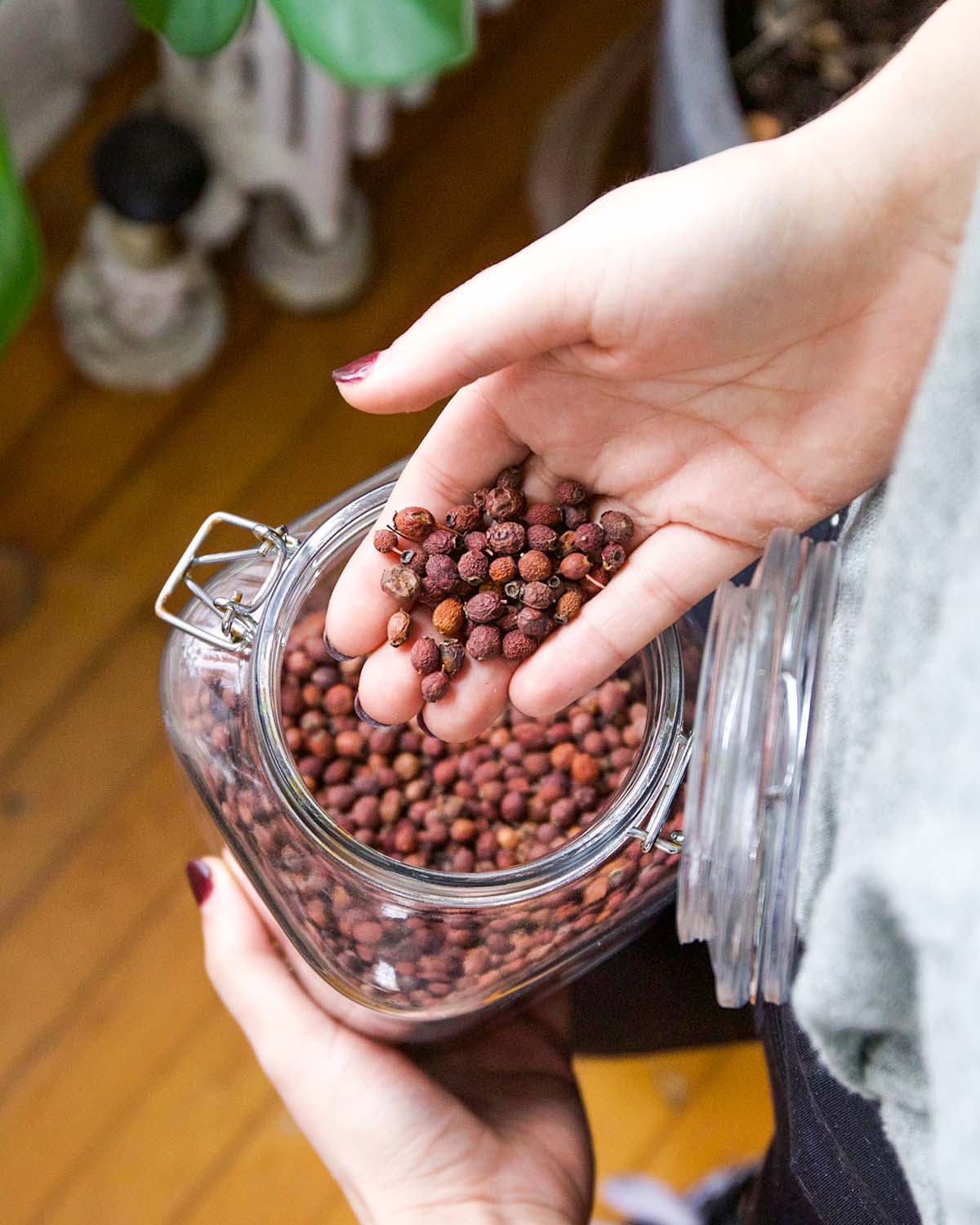
Hawthorn (Crataegus spp.) berry
Speaking of oxygen utilization, promoting healthy cardiac and circulatory function is also a great idea if you are playing the long game with your fitness program. Hawthorn (Crataegus spp.) berry holds its own among herbs that support active bodies as it is known as a premier herb for supporting heart wellness. These little red berries boast an impressive array of cardiac benefits, including the ability to decrease inflammation, reduce and modulate blood pressure, improve circulation, tonify the heart muscle itself, and boost blood vessel integrity (Groves, 2016). Energetically, hawthorn is sour, sweet, and slightly warm (Tierra, 1988).
Hawthorn berries work well when used in teas and infusions. Consider combining with other tart-tasting anti-inflammatories, such as hibiscus (Hibiscus rosa-sinensis) or rose hips (Rosa spp.), and dried berries, such as cherries, goji berries, or blueberries. Check out this Winter Solstice Heart Tea featuring hawthorn leaves and berries for more hawthorn tea inspiration.
Hawthorn can also be enjoyed as a tincture, capsule, or cordial. As an herbal support for active bodies, the suggested consumption is 6-12 grams per day (Tierra, 1988). Hawthorn is generally quite safe but may interact with medications, particularly blood pressure medications, so consult with a healthcare practitioner if you are taking these medications (Groves, 2016).
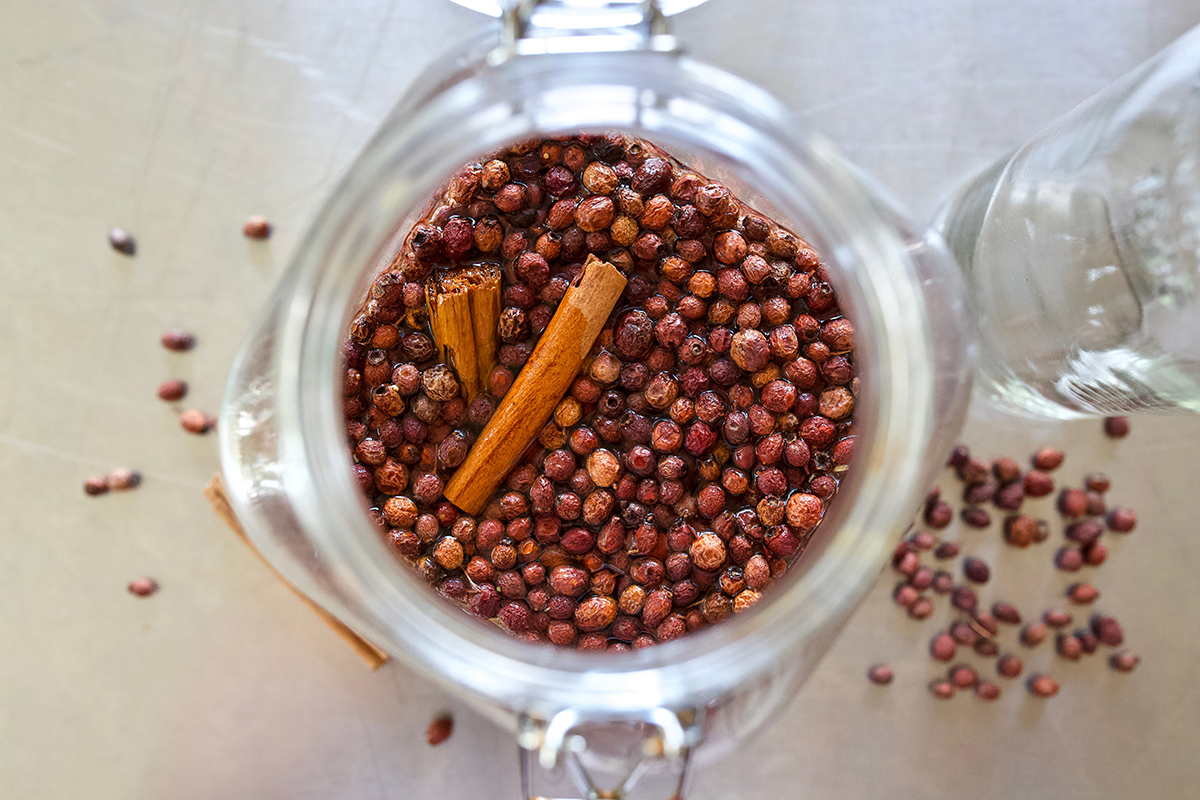
Folk Hawthorn Cordial
This hawthorn winter cordial recipe is a cozy, seasonal way to enjoy the taste and benefits of hawthorn. While drinking this before exercising isn’t recommended, a small glass enjoyed by the fireside in the evening could be a lovely way to warm your body during a crisp fall or winter evening. In additional to being a cardiac and circulatory superstar, according to Celtic traditions, hawthorn trees are thought to guard the gateways to the faery world, thus further indicating the tree’s special protective power (Suler, 2016).
Adapted from herbalist Asia Suler
1 cup dried hawthorn (Crataegus spp.) berries (increase to 2 cups if using fresh berries)
1 tablespoon cinnamon (Cinnamomum verum) bark
2 cups brandy
Honey to taste
- This cordial is prepared according to the folk method; no complicated measuring needed! Pour the dried hawthorn berries and cinnamon bark into a large glass mason jar. Cover with brandy up to the jar lip, seal, and keep at room temperature out of sunlight for 6 weeks.
- After infusing for 6 weeks strain through a wire mesh strainer and/or cheesecloth. Add honey to taste, store at room temperature, and enjoy in small amounts.

Herbs for Energy
Cordyceps (Ophiocordyceps sinensis) fruiting body
If you are looking for support with both building strength and boosting energy, cordyceps (Ophiocordyceps sinensis) mushroom is a smart option to include in your toolkit of herbs that are known to support active bodies. Cordyceps has a mildly stimulating effect and can boost physical and mental stamina, as well as respiratory function. Cordyceps is most commonly consumed in capsule form (1-4 grams per day) but can also be enjoyed as a loose powder (Groves, 2016). Powdered cordyceps can be added to smoothies and soups, and it also pairs well with miso as a soup or broth. Cordyceps is somewhat stimulating, and if you are prone to insomnia or particularly sensitive, it may be overly energizing. If you are new to cordyceps, start with a very small amount and take it before noon to counter any compromise in your sleep quality.
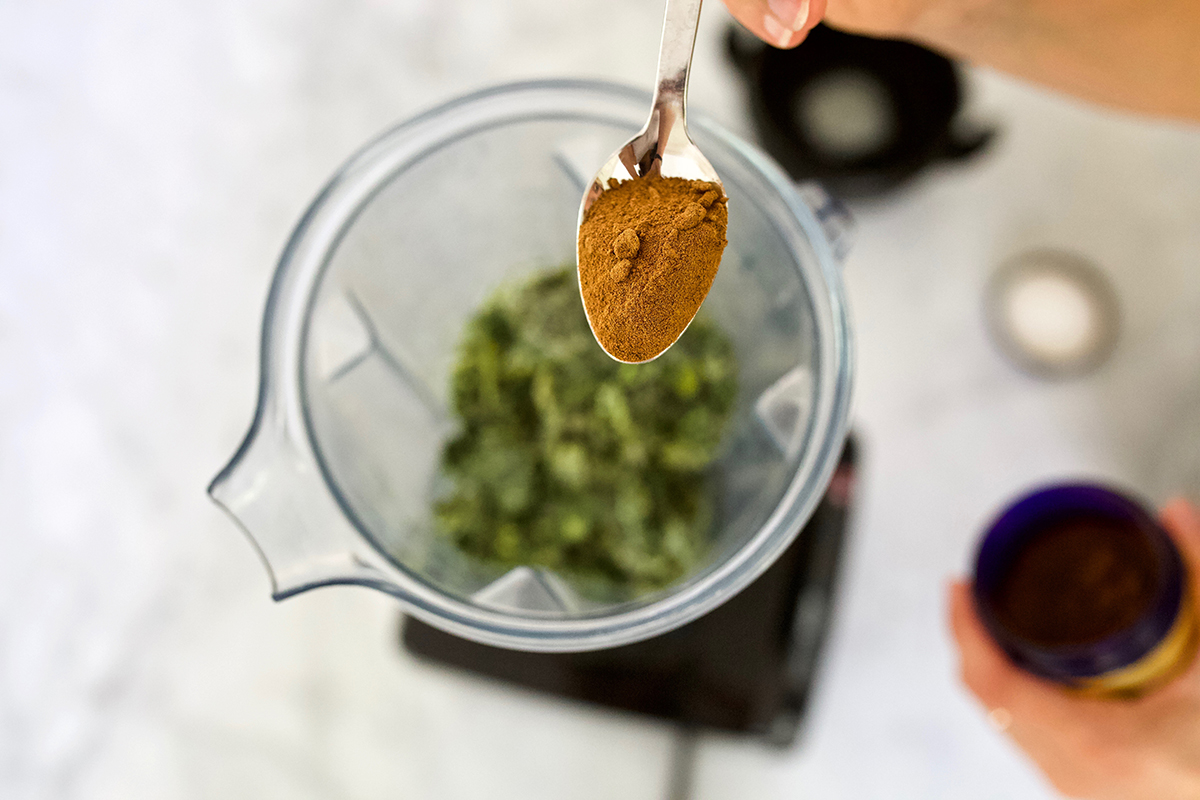
Rhodiola (Rhodiola rosea) root
Rhodiola (Rhodiola rosea) root is a fast-acting herb that is particularly useful to support active bodies as it has the ability to boost energy on a cellular level, as well as to improve energy, focus, and vitality (Groves, 2016). This root also has restorative effects and can be very helpful when recovering from injuries or infections. A dosage of 100 mg is a good amount for daily support, although, it is acceptable to take in higher amounts (500 mg) for short-term support (Groves, 2016). Rhodiola is generally taken as a tincture or capsule, and as an herb to support active bodies, there are not a lot of cautions. Those who don’t react well to stimulants may want to be wary of using this root, as its energizing effects can be unfavorable for some, causing jitters and sleep trouble. Rhodiola also has a rather astringent taste and mouthfeel, which can be disagreeable to some (Groves, 2016). In that case, taking it as a capsule would be preferential.
Herbs for Restoration and Recovery
Though you may do your very best to exercise mindfully— aches, pains, and injuries happen to the best of us. If you do find yourself experiencing soreness, aches, or inflammation related to your fitness program, knowing how to restore and recover is key (as well as understanding what caused the pain and adjusting your exercise regime accordingly). Herbs and foods with anti-inflammatory properties can be particularly helpful.
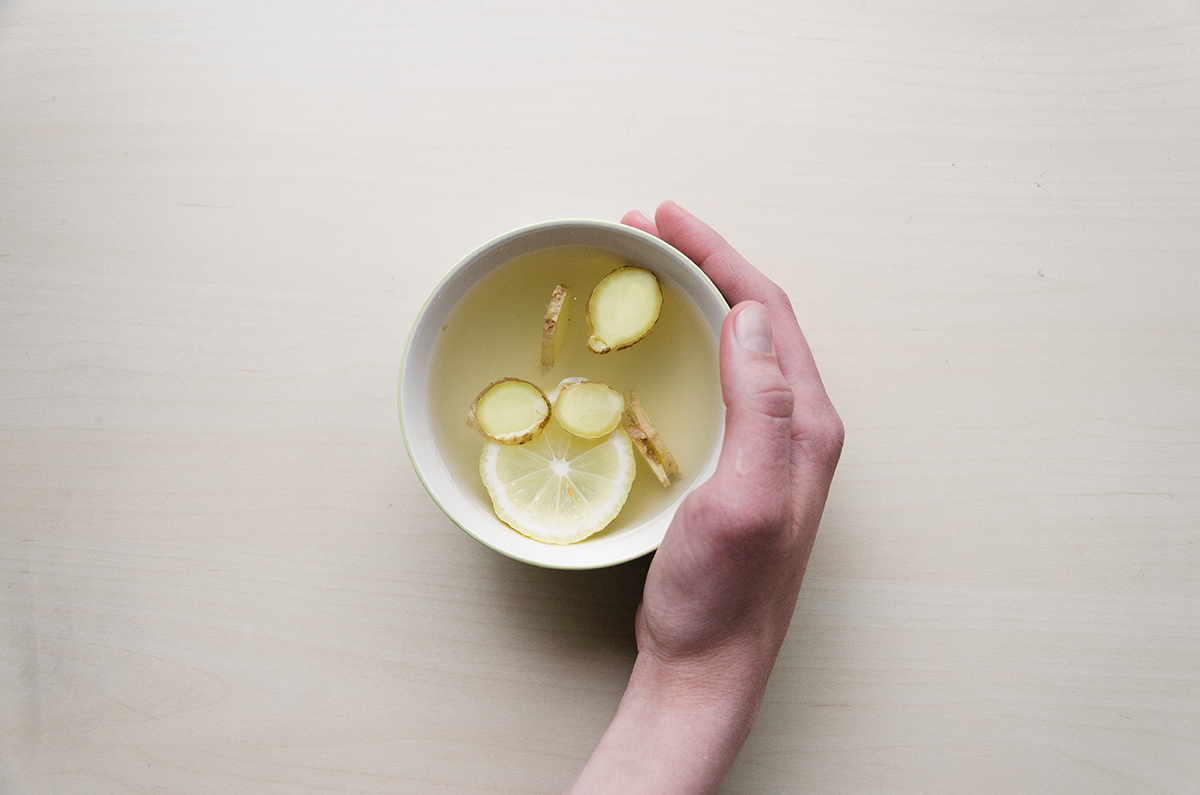
Ginger (Zingiber officinale) root
Ginger (Zingiber officinale) root is a great choice. It is affordable, easy to find, and can be added into soups and stir-fries, pickled, or grated up fresh and made into tea. While ginger is well known as a digestive aid, one should also consider it an ally when it comes to muscle aches and pains. Ginger contains gingerol, an anti-inflammatory compound that has been shown to significantly reduce muscle and joint inflammation (Dass, 2013). In dried, powdered form, ginger is considered heating and purifying, while the fresh root is considered to be warm and sweet. A dosage of 0.5-3 grams per day is the suggested daily allowance (Dass, 2013).
Consider a cup of fresh or dried ginger tea the next time your active body needs a little support for sore or aching muscles and joints. You can also benefit from ginger by using it to make a warming muscle salve and massaging it into joints and muscles too! Ginger is fairly safe, but it has blood-thinning properties, those on blood-thinning medications should be cautious with taking large amounts of ginger.
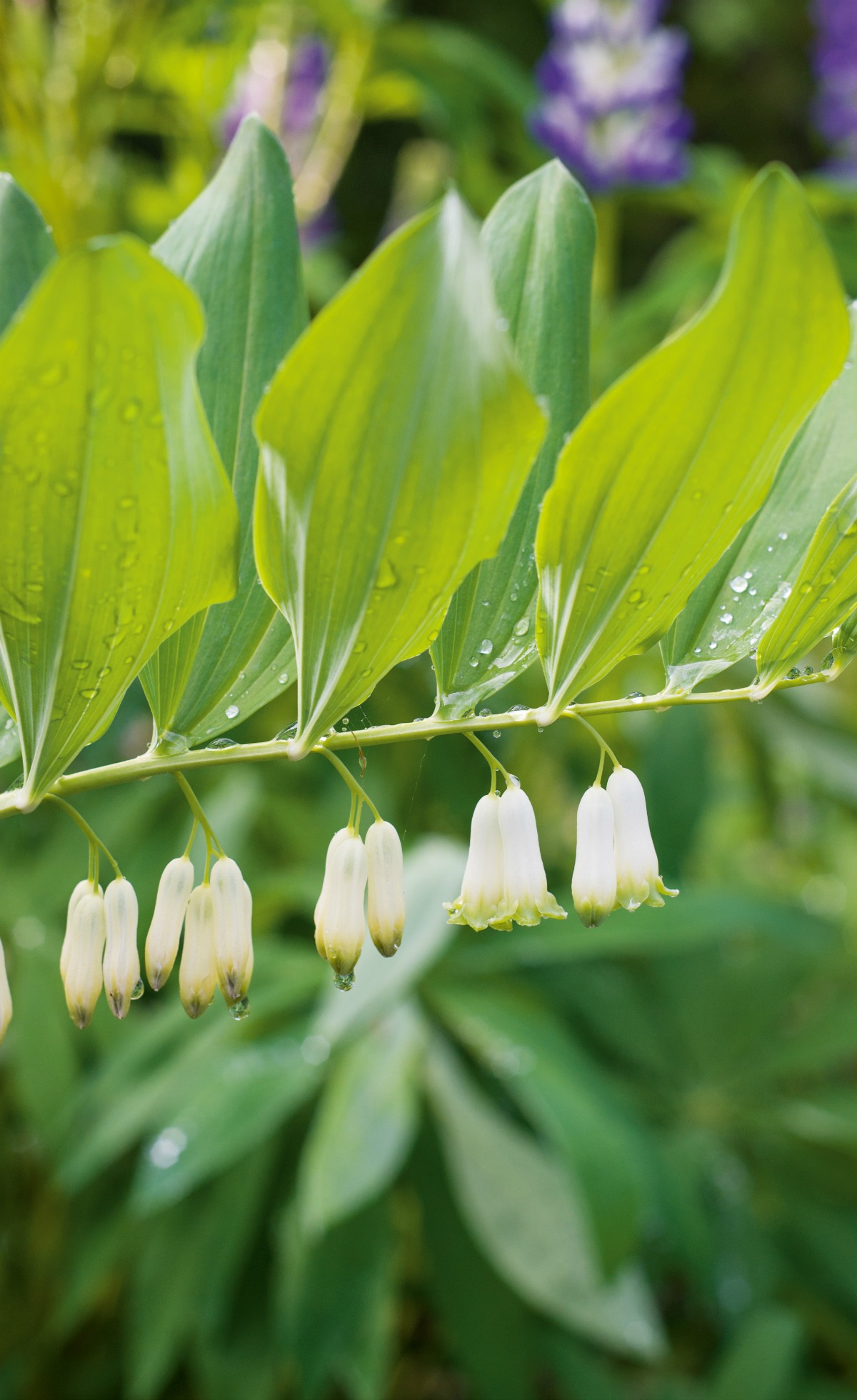
Solomon’s seal (Polygonatum biflorum) root
Solomon’s seal (Polygonatum biflorum) root is a remarkable herbal ally that can be used both internally and topically. Due to its special ability to support strong and supple connective tissue, not only is Solomon’s seal a friend for your joints, but it is also a nourishing chi tonic (Groves, 2016). Solomon’s seal is traditionally used as a heart tonic, kidney tonic, overall nutritive, and bone mender (Tierra, 1988). Herbalist jim mcdonald emphasizes the remarkable capacity of Solomon’s seal for its positive effects on ailments related to the musculoskeletal system. He shares impressive anecdotal evidence regarding the effectiveness of the root in soothing broken bones, strains, sprains, tendonitis, arthritis, and dryness in the joints (mcdonald, n.d.). A little bit of Solomon’s seal goes a long way—typically just a few drops of tincture to a single dropperful a few times a day is all that is required (Groves, 2016). Whether as a tincture, salve, or topical oil, it’s easy to see why Solomon’s seal is an important herb for active bodies, particularly if you deal with chronic injuries related to joints and connective tissue. In fact, Solomon’s seal root may become a cornerstone in your active body wellness toolkit.
Gotu kola (Centella asiatica) aerial parts
Gotu kola (Centella asiatica) is a well known nervine in Ayurveda, commonly suggested when dealing with aggravated pitta dosha in the mind and emotions. This spinach-like plant also boasts lesser known superpowers, such as being collagen-repairing, capillary-strengthening, and circulation-enhancing (Groves, 2016). Overall, it is a great herbal ally for your brain, skin, and connective tissues alike! Gotu kola definitely earns a place among herbs that support active bodies and with its cool energy and bitter, sweet, astringent taste, and it is ideal for those with a pitta constitution. If you run warm and have a competitive streak, you may want to consider gotu kola infused in ghee or taken as a tincture or capsule. A dosage of 3-30 grams per day of gotu kola is the suggested daily amount, and it is generally a safe herb for most folks (Dass, 2013).
Go Forth!
Whether you plan on hitting the trail or putting on your dancing shoes this fall, keep in mind that how you care for your body before and after working out is just as (if not more) important than what you do during exercise. Fitness is for life, so having a range of herbs that support an active body will help you stay happy, healthy, fit, and vibrant for life!
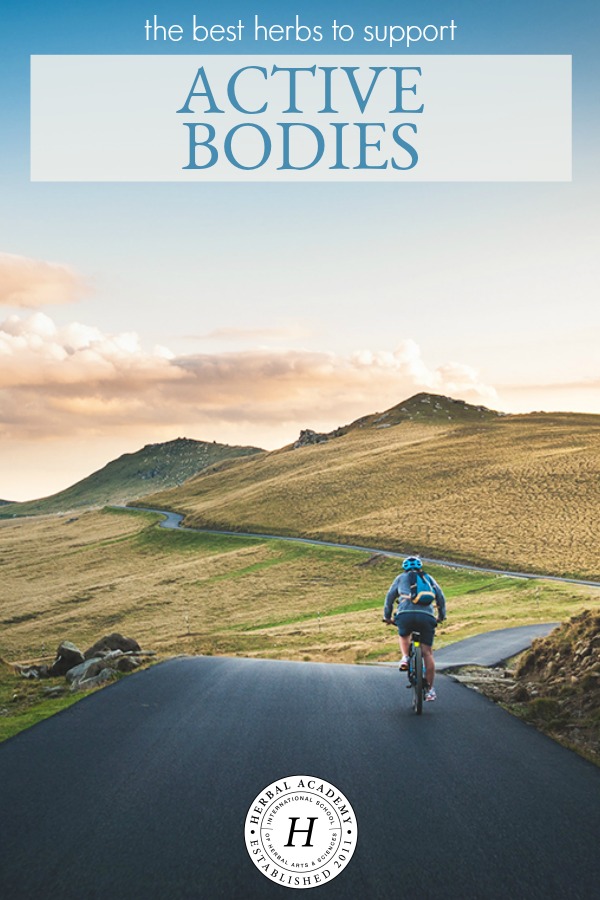
REFERENCES
Bathija, C.R. (2014). Female reproductive system & herbal healing vs. prescription drugs and their side effects. Bloomington, IN: AuthorHouse.
Dass, V. (2013). Ayurvedic herbology. Twin Lakes, WI: Lotus Press.
Groves, M.N. (2016). Body into balance: An herbal guide to holistic self-care. North Adams, MA: Storey Publishing.
mcdonald, j. (n.d.). Solomon’s seal: Polygonatum biflorum. Retrieved from https://www.herbcraft.org/solseal.html
Suler, A. (2016). Proceedings from Holiday Magic and Medicine Making lecture. Asheville, NC.
Tierra, M. (1988). Planetary herbology. Twin Lakes, WI: Lotus Press.








